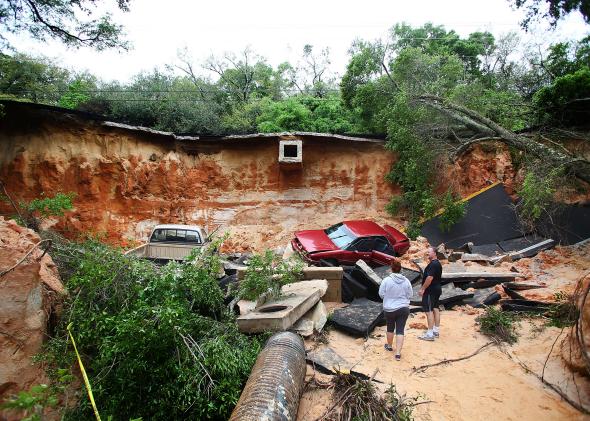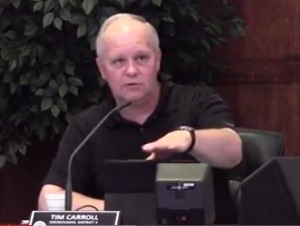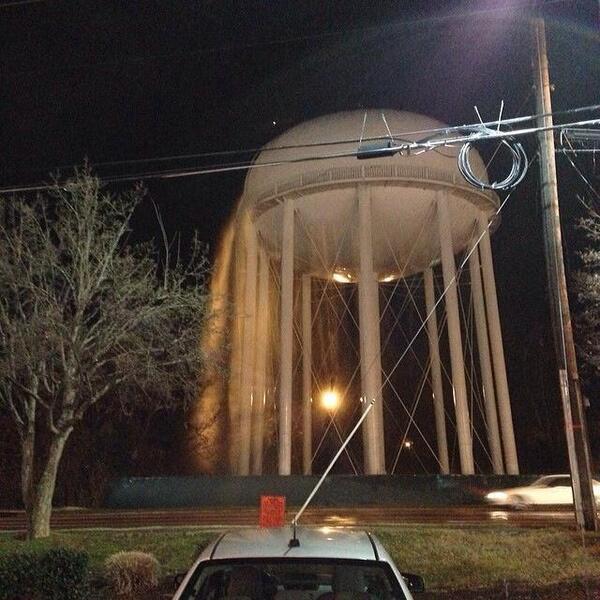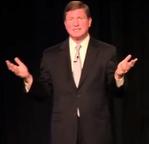This morning at 8:30 AM,
USGS Funding Agreement for HWY 122 Stream Gauge
continue funding for Little River USGS stream gage at GA 122,
 Abandonment of a portion of Spain Ferry Road and Kinderlou Clyattville Road because “the county has received a request” from whom wasn’t said,
Dedicate a portion of Shiloh Road to whom or what wasn’t said.
Plus
GEMA Sheltering Memorandum of Agreement
“for the sheltering of evacuees from Coastal Georgia and/or Florida in the event those areas are threatened by a hurricane”.
Plus
Declaration of Surplus Items and Authorization to Sell on GovDeals.com.
Abandonment of a portion of Spain Ferry Road and Kinderlou Clyattville Road because “the county has received a request” from whom wasn’t said,
Dedicate a portion of Shiloh Road to whom or what wasn’t said.
Plus
GEMA Sheltering Memorandum of Agreement
“for the sheltering of evacuees from Coastal Georgia and/or Florida in the event those areas are threatened by a hurricane”.
Plus
Declaration of Surplus Items and Authorization to Sell on GovDeals.com.
LOWNDES COUNTY BOARD OF COMMISSIONERS
Continue reading
PROPOSED AGENDA
WORK SESSION, MONDAY, SEPTEMBER 21, 2015, 8:30 a.m.
REGULAR SESSION, TUESDAY, SEPTEMBER 22, 2015, 5:30 p.m.
327 N. Ashley Street – 2nd Floor










 Less than two years after
Less than two years after
